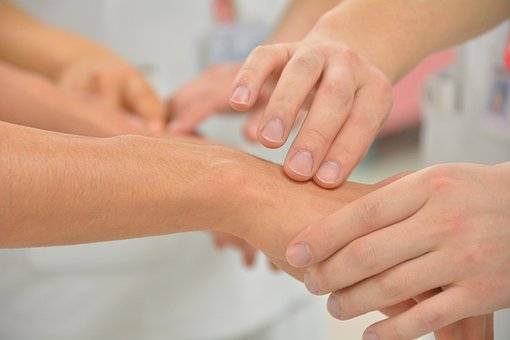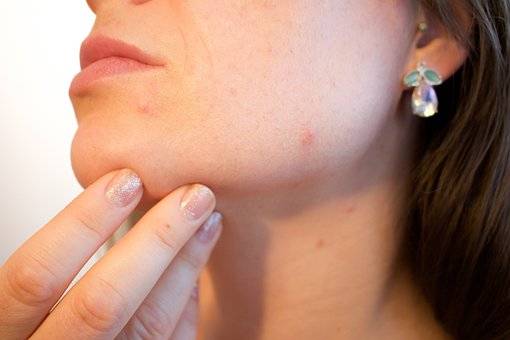Unplanned and chronic health hazards can lead to paralysis. It can be a sudden stroke or an injury in the spinal cord, making people unable to move for the rest of their lives. Also, nerve diseases and autoimmune health problems can cause serious aftereffects. For ages, the patients and their families have tried their best to find a suitable treatment to restore mobility after paralysis. But it never went beyond physiotherapy sessions, helping them with the required.
But recently, medical researchers did find a huge breakthrough and can offer a rightful guide to the question, “can you regain mobility after a stroke?” As evident, cerebral strokes disrupt the communication of commands from the motor cortical spaces to the spinal cord. Thus leading to a permanent dysfunction of the hands and the arms.
However, the scientists did come out with a discovery that regaining movement after paralysis can be possible. As the spinal circuits under the lesion do retain their original state. And in such a scenario, they can use neurotechnologies to restore the movement.
Treatment to restore mobility after paralysis – The recent study
A sudden restriction in blood flow to the brain is termed a stroke. Under such a circumstance, the brain fails to seek oxygen or essential nutrients out of the blood. And without both, the cells in the brain start to die within a fraction of a few seconds.

Coming to the after effects of stroke, it does cause paralysis of arms or legs, or at times a complete side of the body. People have been searching for answers to questions like “can you regain movement after paralysis?”
As a research experiment in science and also to help you with adequate answers. The first-in-human study mentioned here does include two participants dealing with post-stroke hemiparesis. The modulators did facilitate electrical stimulation of cervical spinal circuits to initiate movements in the arm and hand.
The experimental background of treatment to restore mobility after paralysis
The particular study does include two participants from another ongoing research on stimulation in the spinal cord, restoring functions in the arm & hand.
- The first on the list is a 31-year-old female with a medical history of thalamic hemorrhagic stroke (right) nine years before participating in the study.
- The second is a 47-year-old female with a medical history of right ischemic MCA (middle cerebral artery) and stroke in the carotid dissection (right), leading to quite a large MCA. The incident dates back three years before she participates in the research.

Now after looking at their lesion, the researchers did find:
- Participant 1’s had her lesion localized to the mid-brain internal capsule and the pons.
- While in participant 2, the lesion did affect the right hemisphere’s corona radiata besides being large.
In both cases, the corticospinal tract (CST) did suffer heavy damage, and that ultimately led to the impairment of the upper limb.
Actions taken
The researchers did perform a tractography analysis with high-profile fiber tracking technology to find out the difference in CST axons in the affected area and the other areas. Later they did count the symmetry score to FA by comparing the FAs between the lesioned area with that of the non-lesioned. And in the results, the participants did showcase unilateral damage in their CST regions. As per Fugl-Meyer motor assessments (prestudy), it is 35 out of 66 for participant 1 and 15 out of 66 for participant 2.
Treatment to restore mobility after paralysis – Aim of the study
The aim of the research was to find out the effects of continuous spinal cord stimulation (SCS) over deficit areas challenged by strokes. This includes zones like impaired dexterity in arms, weakness in muscles, and abnormality of tone. Here the researchers did not incorporate training exercises that are activity based. Instead, they went for measuring out the real-time improvements.
The process
The test did come into action four days after the implantation process and continued for the next four weeks. The patients were made to participate in assessment sessions five times in one week. That adds up to an approx amount of four hours in a day. After the 29th day, the researchers did remove the percutaneous leads from the person’s body. Till now, for each session, they did evaluate functions both with & without stimulation. It was done over a personalized microcontroller connected to the SCS leads over percutaneous access. The study does offer a new avenue to the question, “how to improve mobility after a stroke?”
Treatment to restore mobility after paralysis – The outcome
The participants did showcase immediate improvement in the strength of their upper limbs only under the effect of motor control and continuous stimulation. This got lost on turning off the SCS. Nonetheless, both the participants were good at showcasing lasting improvements in their motor function at the end of week four and the final one. This was possible even without the stimulation.
Tolerability and safety of the participants
No serious effects of adversity were reported. Participant 1 did experience phlebitis for many days after the study did come to an end. The researchers did resolve the issue with oral antibiotics. However, the same did not have any relation with the stimulation in the spinal cord.
Both participants did not report any form of advancement in rigidity or painful reactions during the ongoing process of SCS. In fact, they did feel a sense of power in their arms. Once again, they were able to move those muscles and get back to the life they used to live, at least half with the stimulator’s support.
The life of a human being might look tough, but there is very little that one cannot do. It is a gift for humankind to be able to experience every sense and emotion to its fullest. However, stroke and unplanned injuries do bring this wonderful life to a standstill, and people are faced with paralytic after-effects, which is tough. So this study offers adequate scope for those lost memories, helping people keep up with their aspirations that one-day things might get back to normal as they were.



